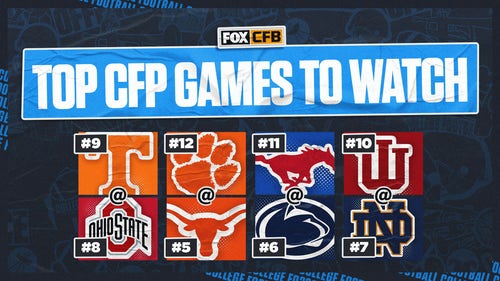
Bowl Projections: Auburn, Penn State capitalize after Week 10
The postseason picture gained a lot more clarity with the debut of the College Football Playoff rankings last week. While it’s true that the first rankings aren’t all that predictive for determining who will actually make the playoff (Texas A&M can attest to that), they still offer a sense of how the hierarchy of teams might look at season’s end.
One of the biggest surprises in last week’s rankings was Penn State’s placement at No. 12. With the Nittany Lions’ manageable closing schedule of Indiana, Rutgers and Michigan State, they have a solid chance to end the regular season 10–2. The high assessment from last week suggests that such a finish would put Penn State inside the top 10 of the final rankings. That makes James Franklin’s squad the big winners in this week’s bowl projections, sliding up into the New Year’s Six bowls with a spot in the Cotton Bowl.
Before we get to the full bowl projections, a reminder about how the college football postseason works. The playoff selection committee will choose the teams for the two playoff semifinals—the Peach Bowl and Fiesta Bowl this year—and the four other marquee bowls that are part of the New Year’s Six. The highest ranked Group of Five conference champion must play in one of those six games, and other games, such as the Rose Bowl, have conference tie-ins.
The remaining bowl games are also governed by agreements with the 10 FBS conferences, though if a league doesn’t produce enough bowl-eligible teams to fulfill all of its tie-ins, that bowl can select another conference’s representative. In some cases, leagues will pool together their bowl tie-ins to create more flexibility. The Music City Bowl, for example, can choose either an ACC or Big Ten team to face an SEC opponent.
And lastly, just because a bowl may be designated to have a particular order of selection among a conference’s teams doesn’t mean it has to adhere exactly to the standings. The Alamo Bowl’s second choice among Pac-12 teams, for example, does not require it to choose the No. 2 available team from the Pac-12 standings or from the playoff committee’s rankings. Other factors, such as location, the matchup, the size of a school’s fan base and the willingness of that fan base to travel, can influence bowls’ decisions.











